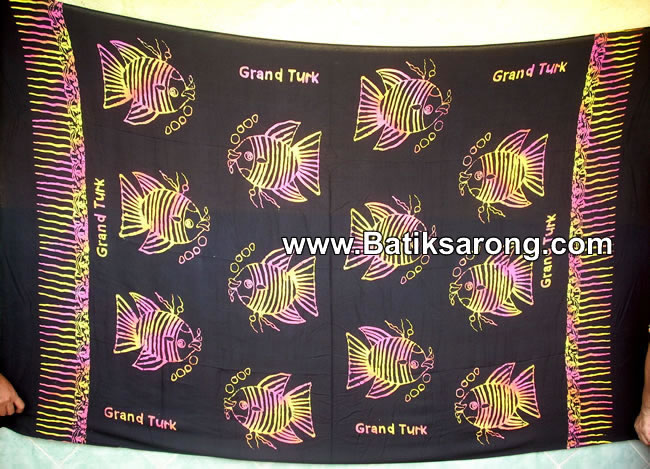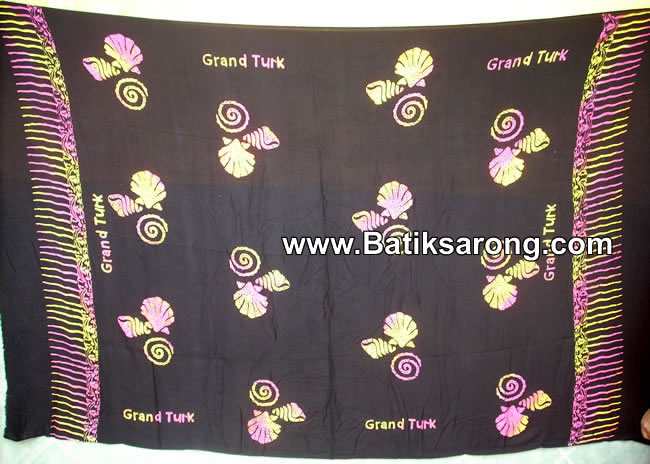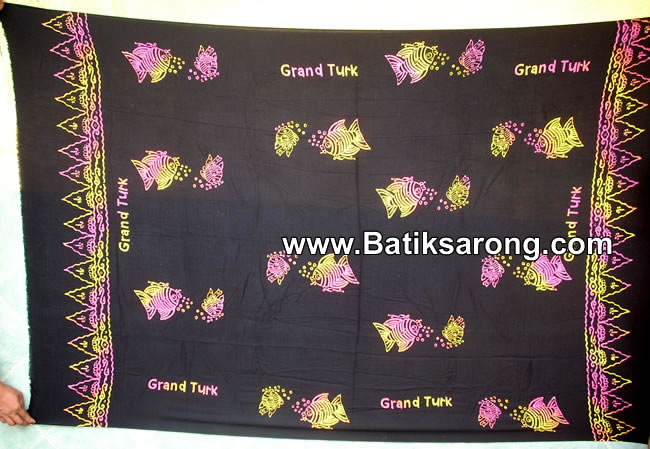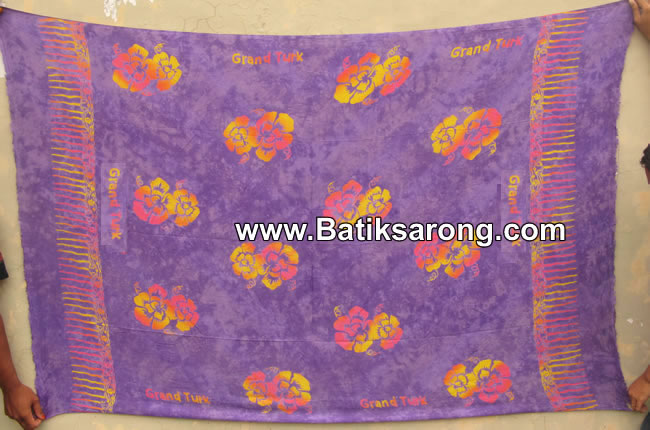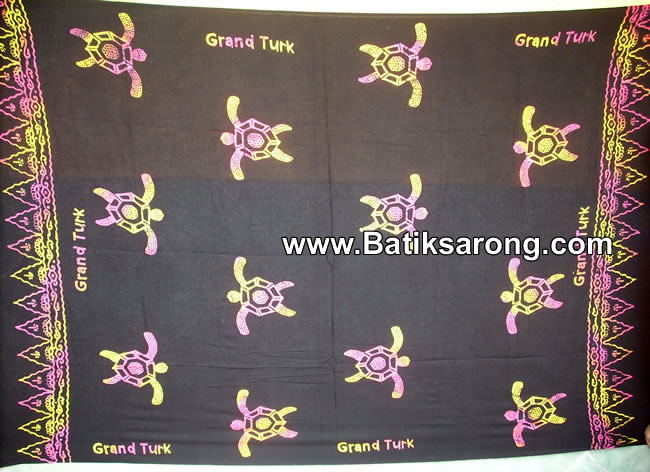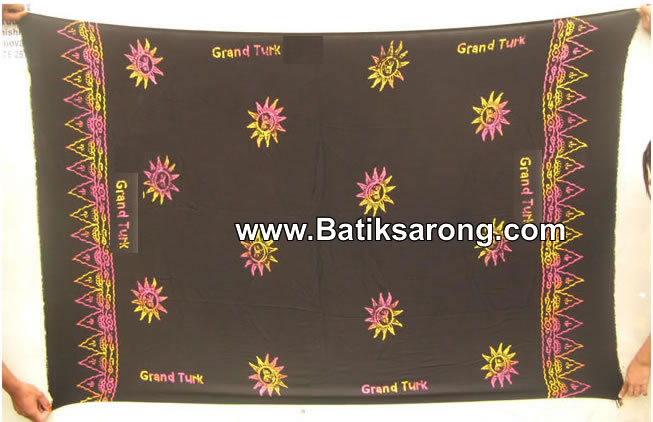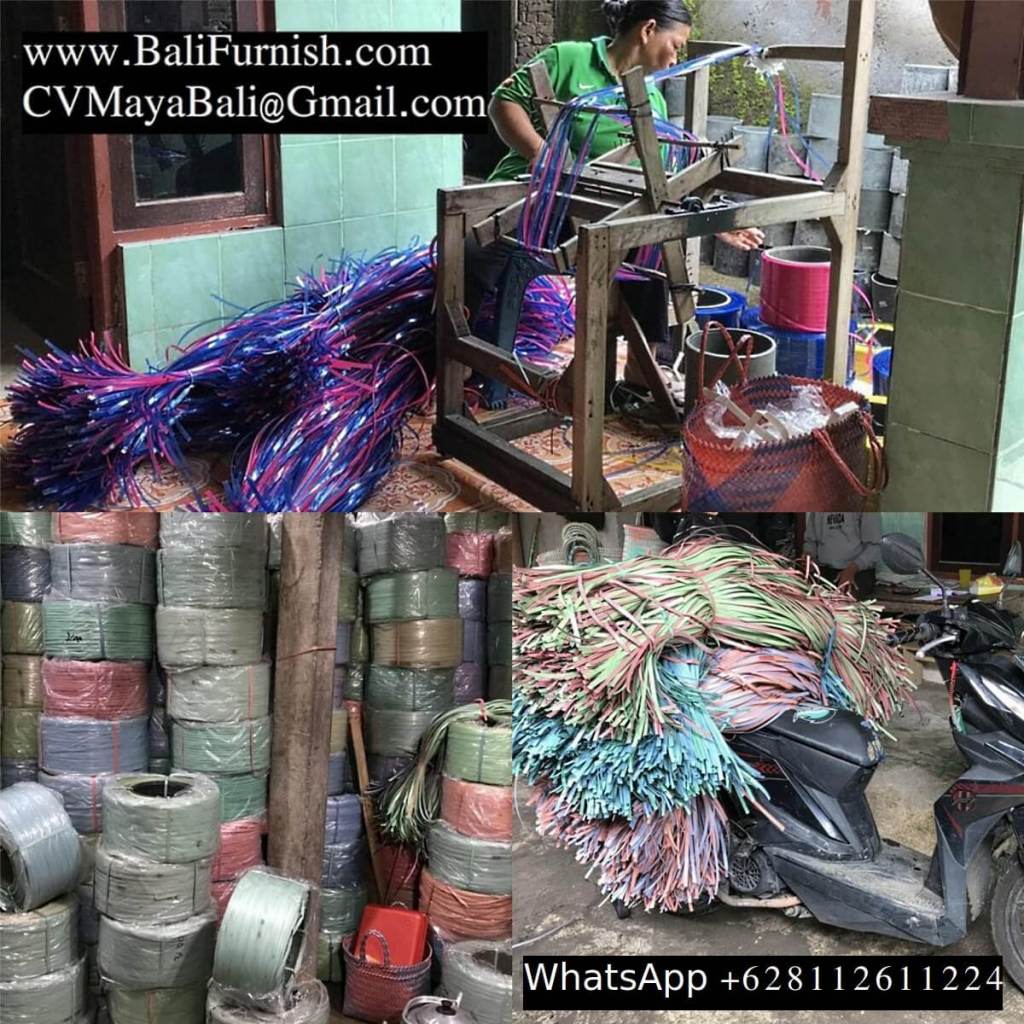It’s basically a monocolor sarongs, but with more colors. Cheap Bali sarongs with various motifs including turtle, fish, coconut tree, gecko and many more. CV MAYA sarong factory based in Denpasar, Bali, Indonesia. Our sarongs are crafted with care and feature beautiful, handpainted tropical motifs that capture the essence of island life. If you’re looking for authentic Indonesian sarongs, you’ve come to the right place. We offer a wide selection of handpainted sarongs, all made to order for wholesale buyers. Our collection features sarongs adorned with stunning handpainted motifs that range from primitive patterns to vibrant sea life, including geckos, turtles, dolphins, and birds. Hawaiian and Polynesian-inspired sarongs are also part of our best-selling range. These tropical sarongs are our most popular, perfect for beachwear, cover-ups, or summer fashion. Each piece is a work of art, reflecting Bali’s rich artistic heritage. Whether you’re looking for sarongs with sea life motifs or tropical florals, our collection has something for everyone. Double Process Sarongs from Bali. We also offer double-process sarongs, available in a variety of vibrant colors. These sarongs go through an additional layer of production, ensuring that every piece is unique and eye-catching. Our factory specializes in handpainted batik sarongs that stand out for their quality and craftsmanship. Whether you’re looking for beach pareos, sarong skirts, or wrap dresses, our Bali-made sarongs are designed to impress. Factory-Direct Wholesale Sarongs. When you order from CV MAYA, you’re buying directly from the factory, ensuring competitive pricing and high-quality products. We have decades of experience in producing and exporting sarongs to international buyers, offering both air and sea delivery options to ship to major ports worldwide. Our wholesale options include a wide variety of designs, from silk screen prints to exclusive handpainted designs.
As a sarong manufacturer and exporter, we cater to clients who seek the best quality at wholesale prices. Our rayon fabric is smooth and durable, making it perfect for sarongs that are soft to the touch but strong enough for long-term wear. With over two decades of experience since 2001, we have established ourselves as a reliable supplier for international buyers. Handpainted and Silkscreen Designs: We specialize in both handpainted and silkscreen designs, ensuring a wide variety of artistic patterns for every style. Rayon Fabric: Known for its smoothness and durability, our rayon fabric is ideal for sarongs, ensuring comfort and quality for your customers.
Wide Range of Motifs: From tropical flowers like hibiscus, plumeria, tiare, and orchids to sea life and Polynesian patterns, our sarongs appeal to a broad range of tastes.
Wholesale Only: We focus on providing bulk orders to ensure the best prices for your business. Whether you run a boutique or need sarongs for special events, we’ve got you covered. Popular Worldwide. Our sarongs are especially popular in tropical destinations such as Hawaii, Samoa, New Zealand, French Polynesia, Fiji, and beyond. These sarongs are perfect for beachwear, offering bright colors and smooth fabrics that your customers will love. The tropical flower motifs are particularly popular for those seeking a touch of the islands wherever they are.
Explore Our Full Collection. Interested in exploring more of what we offer? Visit our website to view our full catalog of sarongs, including our collection of Kago Bags, handwoven recycled plastic tote bags, and more. Chat with us on our social media or visit our Batik Sarong Linktree page. Our Bali and Java-based sarong factories are well-equipped to handle large orders with ease. Whether you’re interested in bulk beach sarongs, pareo wraps, or tropical flower-themed fabrics, we’re here to meet your needs. We also handle all export documentation to ensure a smooth process from our factory to your location. With factory-direct pricing and years of experience, we’re the go-to source for premium sarongs from Indonesia. Order now and bring the beauty of Bali’s tropical designs to your customers.




